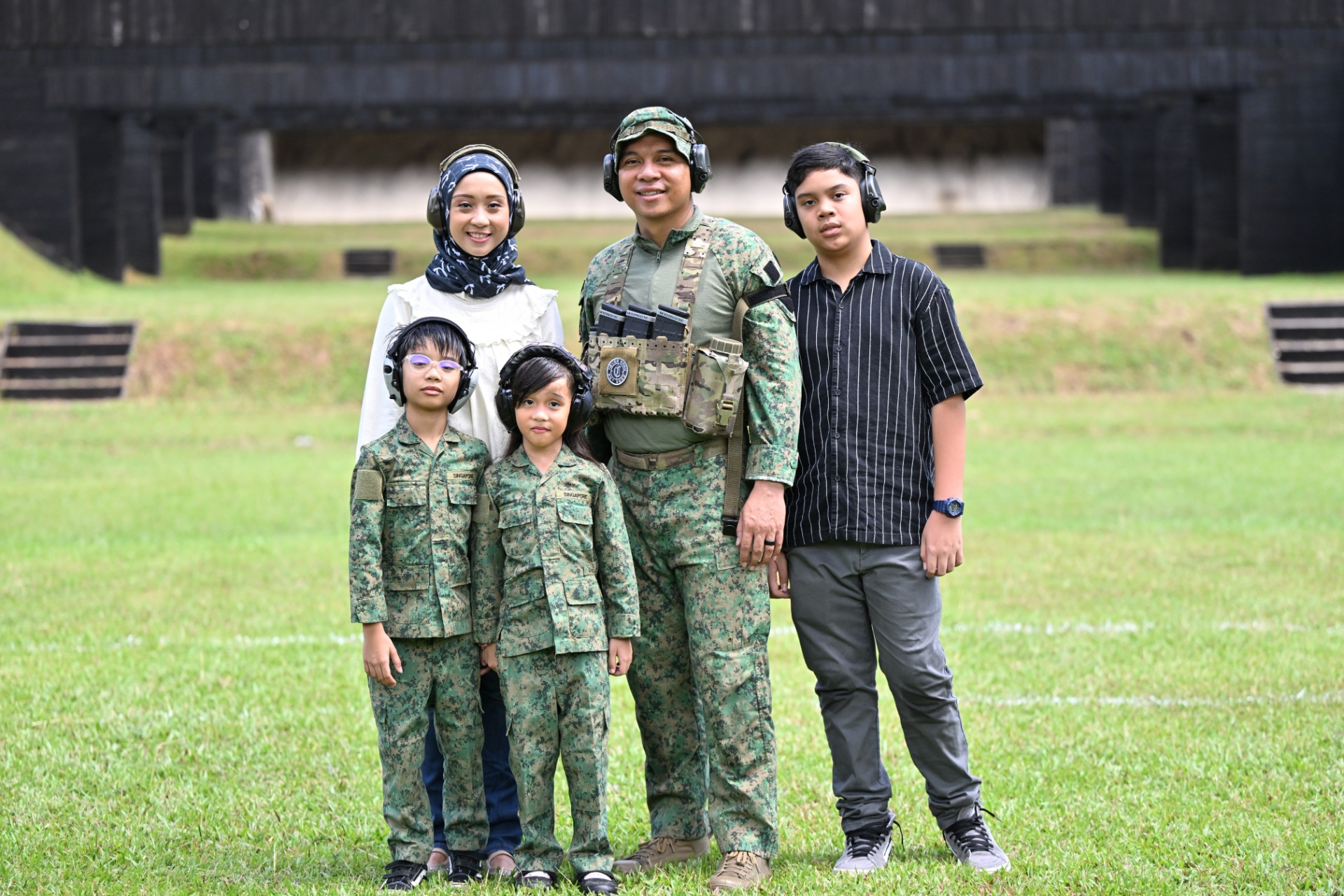SURVIVAL SCHOOL
PHOTO // Chua Soon Lye
Hunter, builder, cook - these are some of the multiple roles that scout troopers take on to survive when recce missions take them far away from their units. PIONEER finds out about the critical survival skills all scout troopers are trained in.
For most metropolitans, having easy access to readily-cooked food, drinkable water and safe and secure sleeping quarters is a given, and imagining what life would be like in the jungle would be scary to say the least.
But this is not the case for scout troopers of the Singapore Armed Forces. Trained by the Combat Intelligence School (CIS), they serve the primary function of reconnaissance and operate deep in enemy territory.
Said Officer Commanding, National Service Recce Training Wing, of the CIS, Captain Chris Soh: "In times when communication with the headquarters is lost, the recce troopers are likely to be in a hostile environment, with combat rations that can last them for only two to three days.
"If they do not manage to make contact with their unit within those few days, they will have to apply various skills to ensure their survival."
Living off the land
All scout troops go through a four- to five-day Combat Survival Training (CST) course conducted at the Combat Survival Facility (CSF), which was given a makeover recently. During the course, they learn crucial skills that can be classified into four categories which encompass the basic necessities of human life - water, shelter, food and fire.
Collecting water
People can survive without food for weeks or even months, but without water, they can survive only an average of three to five days. Sourcing for drinkable water is therefore the first and most important consideration.
While small amounts of water can be found in water vines, banana trees and bamboo shoots, soldiers should dig a hole or a well if a longer stay is expected.
To ensure that the water is safe for drinking, CIS instructor 2nd Warrant Officer (2WO) K. Thevadasan advised that all collected water should be boiled before consumption.
Building shelter
A shelter provides shade, which slows down the soldiers' rate of dehydration and protects them from rain. It also allows them to rest and replenish their energy. CST equips trainees with skills to build four survival shelters - the tepee, lean-to, cottage and A-frame.
A piece of bamboo filled with layers of grass, sand, pebbles, stones and charcoal is used to purify water. The plastic bottle on the left displays how the filtering layers look like.
The tepee is the simplest to construct, requiring only five to 10 minutes. It is the ideal structure when a shelter is needed immediately or if movement is necessary for survival.
Yet it is also the least sustainable and most uncomfortable - it can only last up to two days, and accommodates a maximum of two soldiers who would have to rest in a crouching position.
At the other extreme, the A-frame is the most sturdy structure and can bear the weight of four soldiers.
Making fire
In the wilderness, the ability to make fire allows soldiers to be warm and dry, cook food, boil water and keep dangerous animals and insects at bay.
Methods of starting a fire include using a fire bow, a magnifying lens, flint and magnesium or a battery. Said 2WO Thevadasan: "When communication has been disrupted, the radio batteries can be put into good use. They have sufficient power to produce sparks that can start a fire."
Natural resources such as dried barks, tweaks and leaves, as well as the furs and feathers of wild prey, can be used as tinder to ignite fires.
Finding food
A great deal of knowledge has to be utilised when it comes to sourcing for food, which is why techniques in setting monitor lizard traps and rabbit snares, identifying plants to allay hunger and cure minor diseases, as well as dispatching live prey are taught at the CSF.
2WO Thevadasan revealed a couple of lesser-known facts: Monitor lizards and hibiscus flowers are food; the leaves of bird's nest ferns can be used to treat fever; and mimosa has a healing effect on cuts and wounds.
He added: "In this age where cooked food and medical treatment are so readily available, the trainees are often surprised to learn that much understanding has to be applied to ensure that food sources are safe for consumption."
Will to survive
While possessing skills to live off the land boosts one's confidence and increases chances of survival, it does not serve any purpose without the right mindset.
The will to live often separates those who manage to survive and those who do not.
Recognising that soldiers nowadays grow up in largely urban environments, Lieutenant Colonel Vincent Lam, Commanding Officer of the CIS, said: "The current CST emphasises more on instilling the mental attitude, resilience and determination in our soldiers to survive and evade capture."
The fire bow method: friction caused by rotating a hardwood spindle on a softwood baseboard produces heat and ignites the tinder.
3SG Ng (left) and 3SG Lim tying the poles of a tepee shelter together with vines.
When food is scarce, a well-placed monitor lizard trap can help to replenish one's food supplies.
A natural, vitamin C-rich drink can be made from this Roselle plant all you need to do is smash its fruits and boil them in water.
Facility to impart survival skills revamped
The Combat Survival Facility, recently enhanced to train scout troopers in a safer and more systematic manner, is situated at the edge of a forested plot to simulate realistic forest conditions.
It consists of mock-ups that display how water is collected and how traps are set. There are also pre-prepared samples of survival shelters.
With an increase from eight stations to 12, as well as the addition of horticulture plots where over 35 varieties of fruit and medicinal plants are cultivated, the revamped facility now allows knowledge of all specific survival skills to be imparted at a single location.
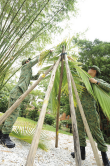

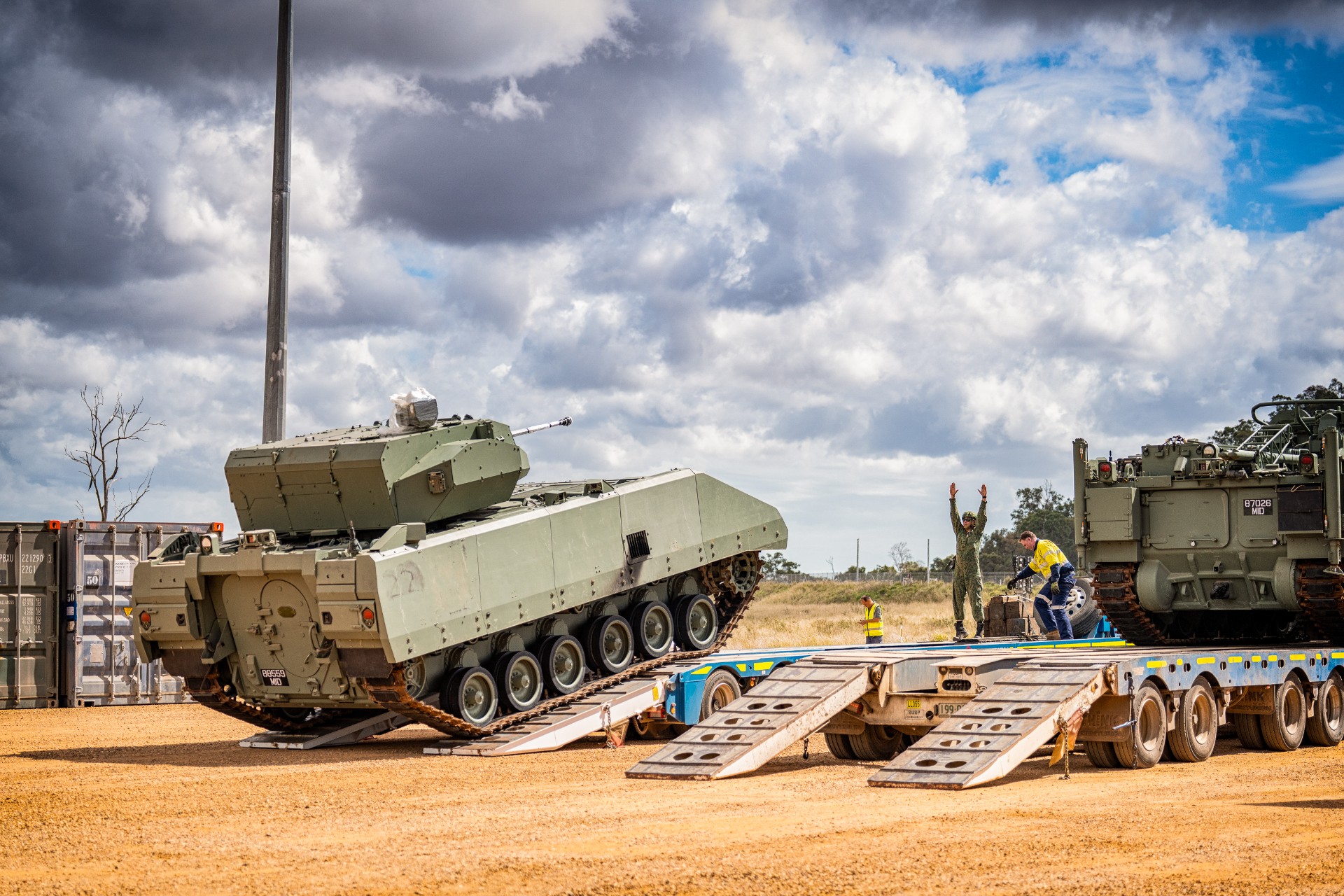
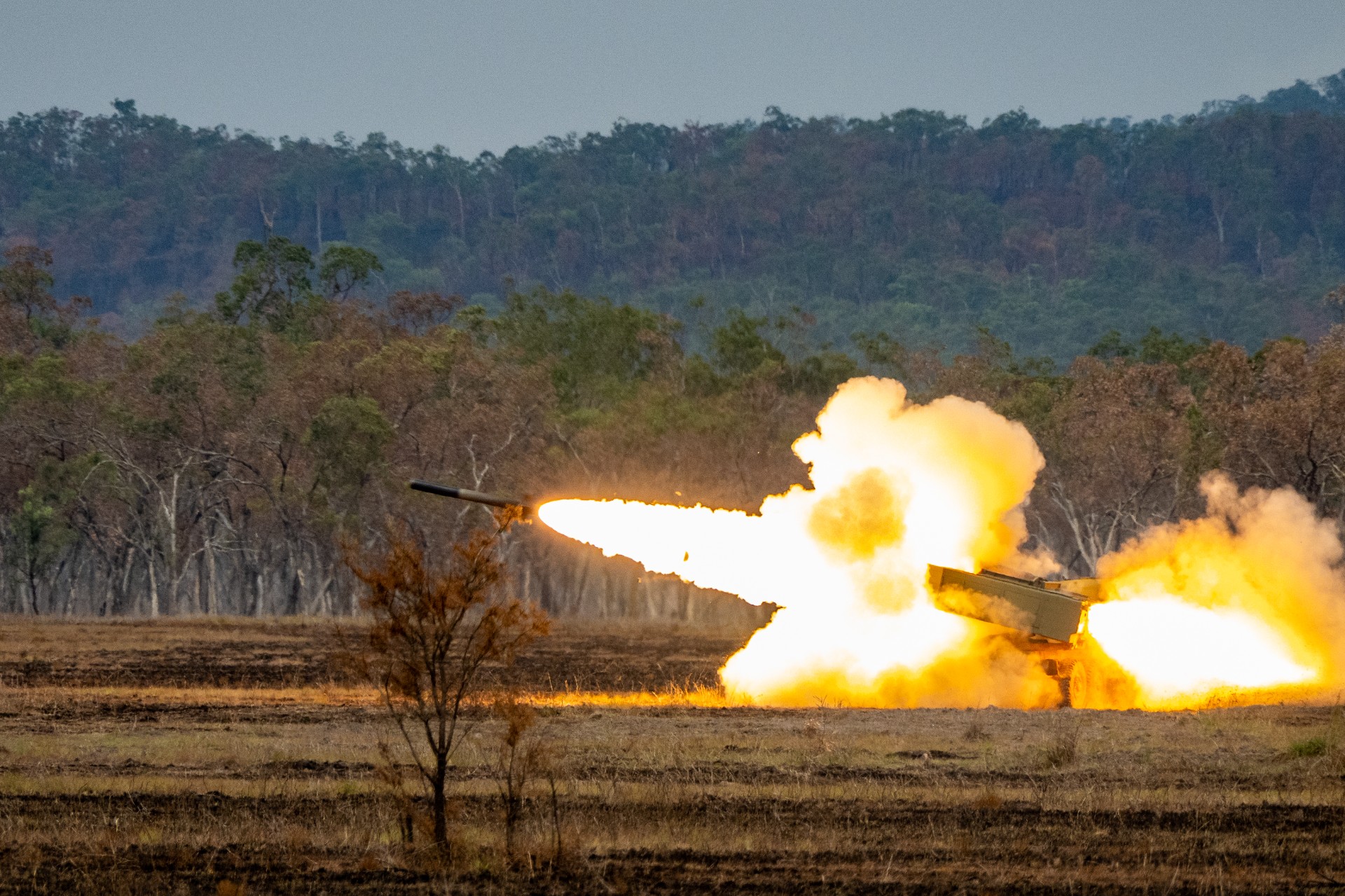
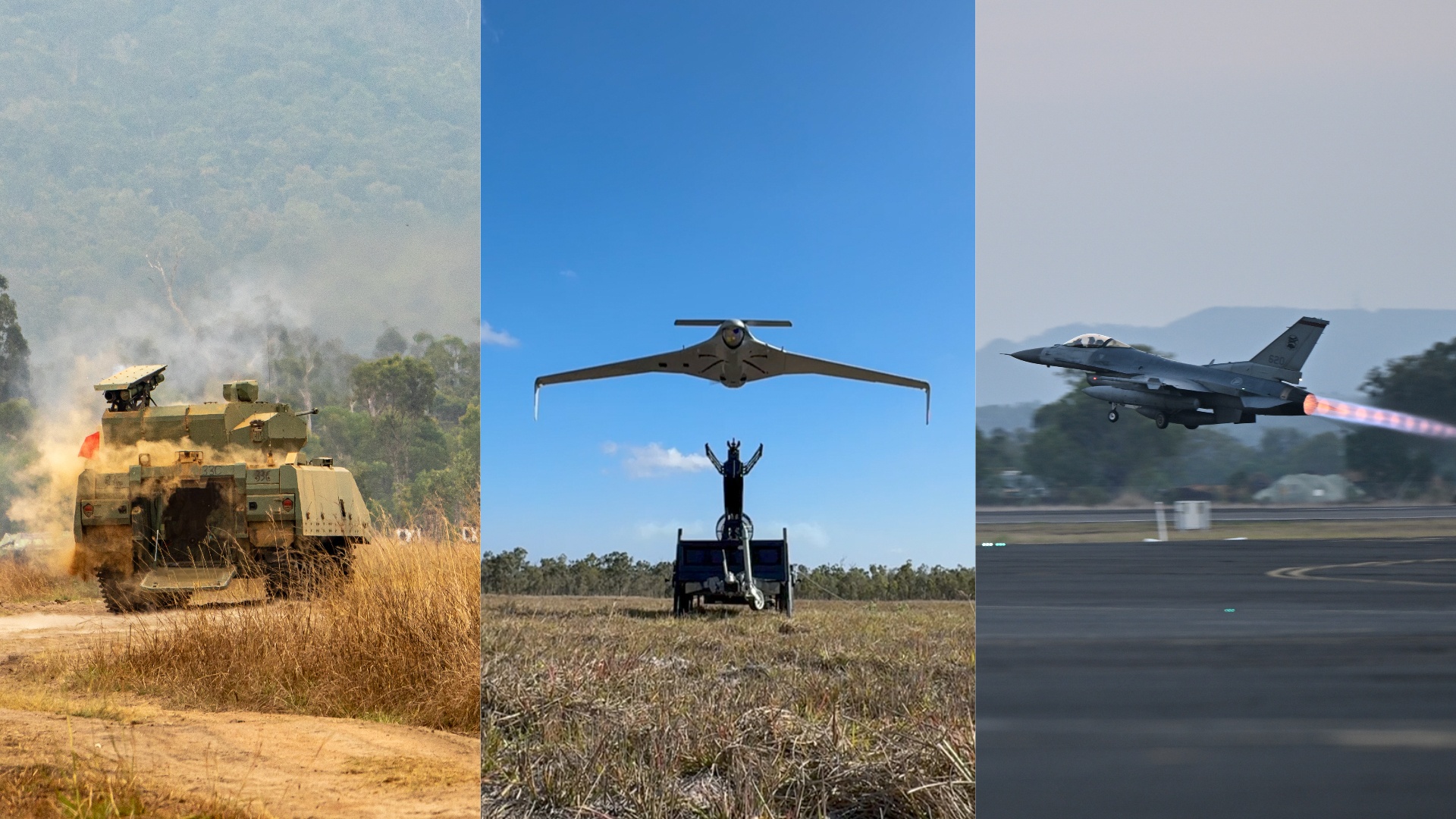


-dsc_2181.jpg?sfvrsn=cf8a503f_1)


